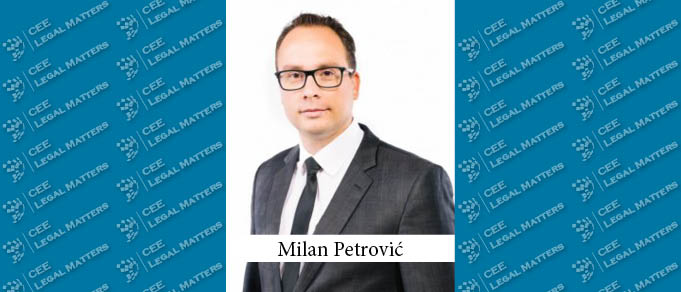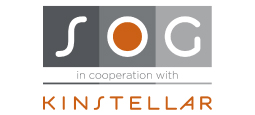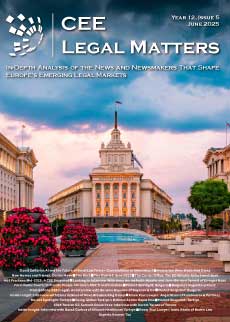Before competent courts in Serbia, there is an increasing number of cases in the field of intellectual property rights that are run upon complaints for infringement of copyright related to the authors’ works whose content is embedded in the webpages of respondents (registered media or third person).
For clarification, the term embed that is taken over from the English language, in technical sense implies inserting/embedding of media graphic, audio or video content into electronic document (on website, e-mail). On the other hand, framing in this context means the division of webpage into several frames and the display in one of them through active Internet reference or inline linking of elements that originate from another page for the purpose of hiding from the user the original environment that such element belongs to.
Court epilogue in the cases concerned depends on the particular state of facts, i.e. whether the content in question represents author’s work, whether the content on respondent’s webpage has indeed been embedded or not, whether the author explicitly prohibited any form of addressing/transferring content without his consent, how the embedding was done, all of which is usually subject to court experts’ opinion during evidence hearing. Also, another significant factor for proper deciding is also the education of judges, i.e. knowledge of modern technology possibilities for use of audio and video content on the Internet, which should neither be excessively trusted nor feared because of the above-stated possibility for extracting evidence by means of court experts.
In terms of the provisions of the domestic Law on Copyright and Related Rights and the ratified international conventions, an author has exclusive right for his name, pseudonym or mark to be indicated on each piece of work or indicated upon each public communication of the work unless, considering the concrete form of public communication of the work, this is technically impossible or not worthwhile. In addition to other rights (e.g. the right to publishing, right to protection of work’s integrity), an author has exclusive right to prohibit or to allow to another person to circulate the original or multiplied copies of his work, by sale or other form of property transfer.
Also, an author has exclusive right to prohibit or allow to another person to publicly communicate the work, including making the work available to public through wired or wireless means, in the manner which enables a person to individually accede the work from the place and at time designated by such person.
Without going into detail regarding legally permitted limitations and suspension of exclusive property rights of authors, there are disputes running before domestic courts that deal with violation of copyright allegedly committed by respondent (by default registered medium or another person), usually within textual content, by embedding content via Internet link to the author’s work published by its author on various Internet platforms (YouTube, Instagram etc.).
In such situations, claimaint presents standard statement that the respondent violated moral and property rights of the claimaint because there was no consent of the author for publishing the work through the Internet, while the respondent’s defence states the arguments that the author’s consent was not necessary because the work was not “published” by the respondent as third parties were automatically directed to the claimant’s website by clicking on the disputed content – i.e. the content of the claimant on certain platform that he individually uploaded.
Case law in the USA regarding this legal matter is rather versatile, yet variable, therefore it does not yield concrete and uniform answers. However, court practice of the Court of Justice of the European Union (CJEU) that we hereby refer to is much more relevant for domestic judiciary.
Namely, on March 9, 2021, the Court of Justice of the European Union (CJEU) issued the decision in case C-392/19 VG Bild-Kunst/Stiftung Preußischer Kulturbesitz, which is based on Article 3 of Directive 2001/29 EC of the European Parliament and the Council of May 22, 2011, on harmonisation of certain aspects of copyright and related rights in information society. Please note that one of the reasons for amendment of the Serbian Law on Copyright and Related Rights in the course of 2019 was the alignment with the stated Directive 2001/29 EC of the European Parliament.
In the stated judgment, the CJEU assumed a legal position that the technique of framing/embedding implies the same technical manner already used during public information on protected work on the original website and therefore such communication does not meet the requirement of “new public”, hence it is not covered by information of the “public” in terms of Article 3, para. 1 of the Directive 2001/29 EC.
In such a situation, according to the court, it would be considered that the right holder from the beginning approved the communication of his works to all Internet users.
The CJEU also clarifies that such position should only be applied in situations where the access to the works concerned on the original Internet page is not restricted. If the holder of right established or implemented restrictive measures from the very beginning as regards the publishing of his works, it will be deemed that he did not consent to third persons freely communicating his works to the public and that the right holder wished to restrict the public that has access to his works only to users of certain (original) Internet page.
Therefore, in the particular case the CJEU restricted the scope of rights to the measures undertaken by the right holder and deliberated that the approval of the right holder is required for communication to the public about the work, but only given that the right holder had previously established/implemented the measures for restricting framing/embedding. The opposite legal position would imply the introduction of the right on exhaustion of the right to communication.
The Court also holds that the holder of copyright may not restrict his consent to framing/embedding in any other way other than through efficient technical measures. Namely, the CJEU deems that in the absence of such measures, it might be hard to establish whether the right holder expressed his intention to be against the framing/embedding of his works.
The stated judgment of the CJEU is undeniably in conformity with Article 30 of the Law on Copyright and Related Rights, and it provides a very useful interpretation of the problems that arise in practice regarding the framing/embedding of authors’ works, including clear guidelines for actions in evidence hearings before competent courts.
This article is to be considered as exclusively informative, with no intention to provide legal advice. If you should need additional information, please contact us directly.
By Milan Petrovic, Managing Partner, PR Legal




